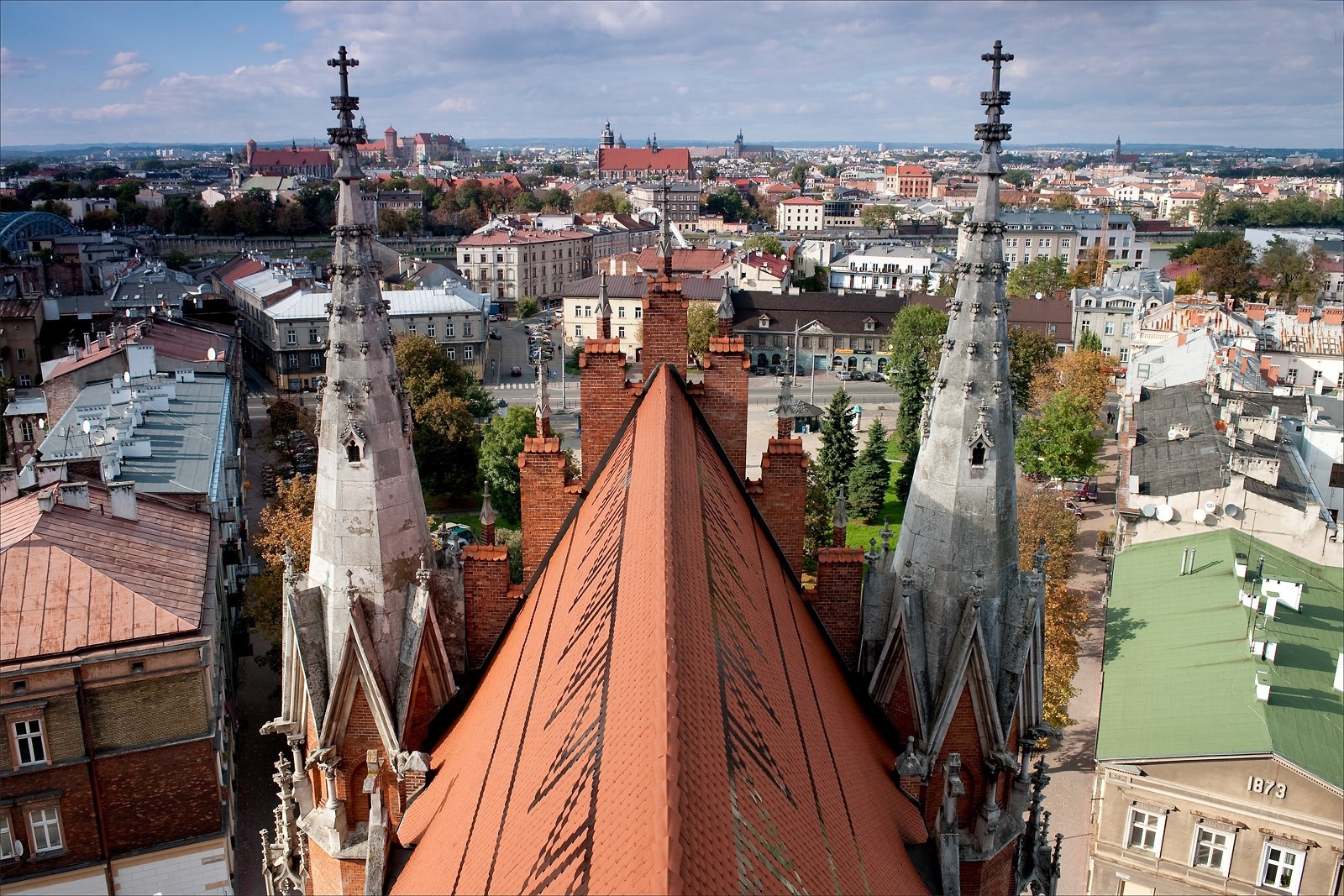The Most Amazing Way to Travel - Auschwitz Salt Mine Trips, A Day
After the defeat with the September Campaign of 1939, when Polish soldiers had tried to repel the German invasion, the location of Oswiecim and also the surrounding areas were incorporated from the Third Reich. At the same time its name was changed to Auschwitz. After 1939, on the SS and Police Headquarters in Wroclaw (Braslau), the thought of generating a concentration camp had recently been proposed. The official justification because of this plan was based on the overcrowding in the existing prisons in Silesia, and also on the need of conducting further waves of mass arrest among the Polish inhabitants both of Silesia and the all German-occupied Poland.
Several special committees were convened, whose task it was to take into account one of the most favorable location for such a camp. The ultimate choice fell upon the deserted pre-war Polish barracks in Oswiecim. Situated a long way outside the developed part of the town, they could quite easily be expanded and isolated externally world. Take into consideration not without significance was the convenient position of Oswiecim - an import and railway junction - within the existing communications network.
The transaction to proceed with promises to found a camp was presented in April 1940, and Rudolf Hoss was appointed its first commandant. On June 14, 1940, the Gestapo dispatched the initial political prisoners to KL Auschwitz - 728 Poles from Tarnow. Initially the camping ground comprised 20 buildings - 14 at walk-out and 6 having an upper floor. During the period from 1941 to 1942 an additional story was added to all ground-floor buildings and eight new blocks were constructed, while using the prisoners because work force. Altogether the camp now contained 28 one-story buildings ( excluding kitchens, storehouses etc. ) The average variety of prisoners fluctuated between 13-16.000, reaching at one stage ( during 1942 ) an increasing total of 20.000 people. These folks were accommodated within the blocks, where even cellares and lofts were chosen for this function.
Since the amount of inmates increased, the area taught in camp also, grew, until it turned out changed into a huge and horrific factory of death. The monstrosity in Oswiecim - KL Auschwitz I - became the parent or "Stammlager" to a whole generation of latest camps. In 1941 the building of an additional camp, later called Auschwitz II-Birkenau, was commenced from the village of Brzezinka 3 kilometers away and in 1942 the camp ground in Monowice near Oswiecim-KL Auschwitz III-was established on the territory with the German chemical plant IG-Farbenindustrie. Furthermore, throughout the years 1942-1944, about 40 smaller branches with the Auschwitz complex came into being these fell within the jurisdiction of KL Auschwitz III and were situated mainly near steelworks, mines and factories, where prisoners were exploited as cheap labour. 
The camp ground in Oswiecim ( KL Auschwitz I) along with Brzezinka (KL Auschwitz II - Birkenau) are actually maintained as museums available to the general public. The most important constructions and objects in Birkenau will be the remnants of four crematoria, gas chambers and cremation pits and pyres, the special unloading platform were the deportees were selected in addition to a pond with human ashes. In Auschwitz this kind of construction may be the "Death block."
Furthermore in both camps are very preserved blocks as well as a part of prisoners barracks, the principle entrance gates on the camps, sentry watch towers as well as barbed wire fences. Many of the constructions destroyed from the Nazis were rebuilt from the original elements - for example the ovens within the crematorium I. Some objects were completely destroyed by the SS obliterating the traces with their crimes. From the instances of special importance the constructions were reproduced by the museum and placed in the same area as they were throughout the existence of the Auschwitz camp. Most importantly these are the basic "Death wall" along with the collective gallows on the role-call ground.
The prison blocks in the camp at Auschwitz contain exhibitions portraying the historical past of Auschwitz or tracing the torments of the several nations whose individuals were murdered here. Above the main gate at Auschwitz - in which the prisoners passed daily on their way to function (returning 12 hours or more later) there's a cynical inscription: "Arbeit macht frei" (Work brings freedom). and also on the tiny square by the kitchen the camp orchestra would play marsches, mustering the 1000s of prisoners so they might be counted more proficiently through the SS.
This is a short information regarding a camp and what you may expect when you go there.
Salt Mine in Wieliczka is a second part tours in a single day.
Wieliczka Salt Mine near Krakow remembers the periods in the Middle Ages. It one of the world's oldest salt mine in the world. This is the only mining facility on the globe functioning continuously because the Old to the present, allowing the evolution of mining technology in numerous historical periods. Wieliczka Salt Mine is about 300 km of excavation on 9 levels, the very first that - the degree of Bono - travels to a depth of 64 meters, even though the latter lies 327 meters beneath the surface. Total period of sidewalks, connecting about 3000 excavation (sidewalks, ramps, service chambers, lakes, wells, shafts), exceeds 300 km. The tourist route is 3 km, contains 20 chambers located at depths from 64 to 135 meters.
To learn more about Auschwitz tour from Krakow webpage: click for more info.